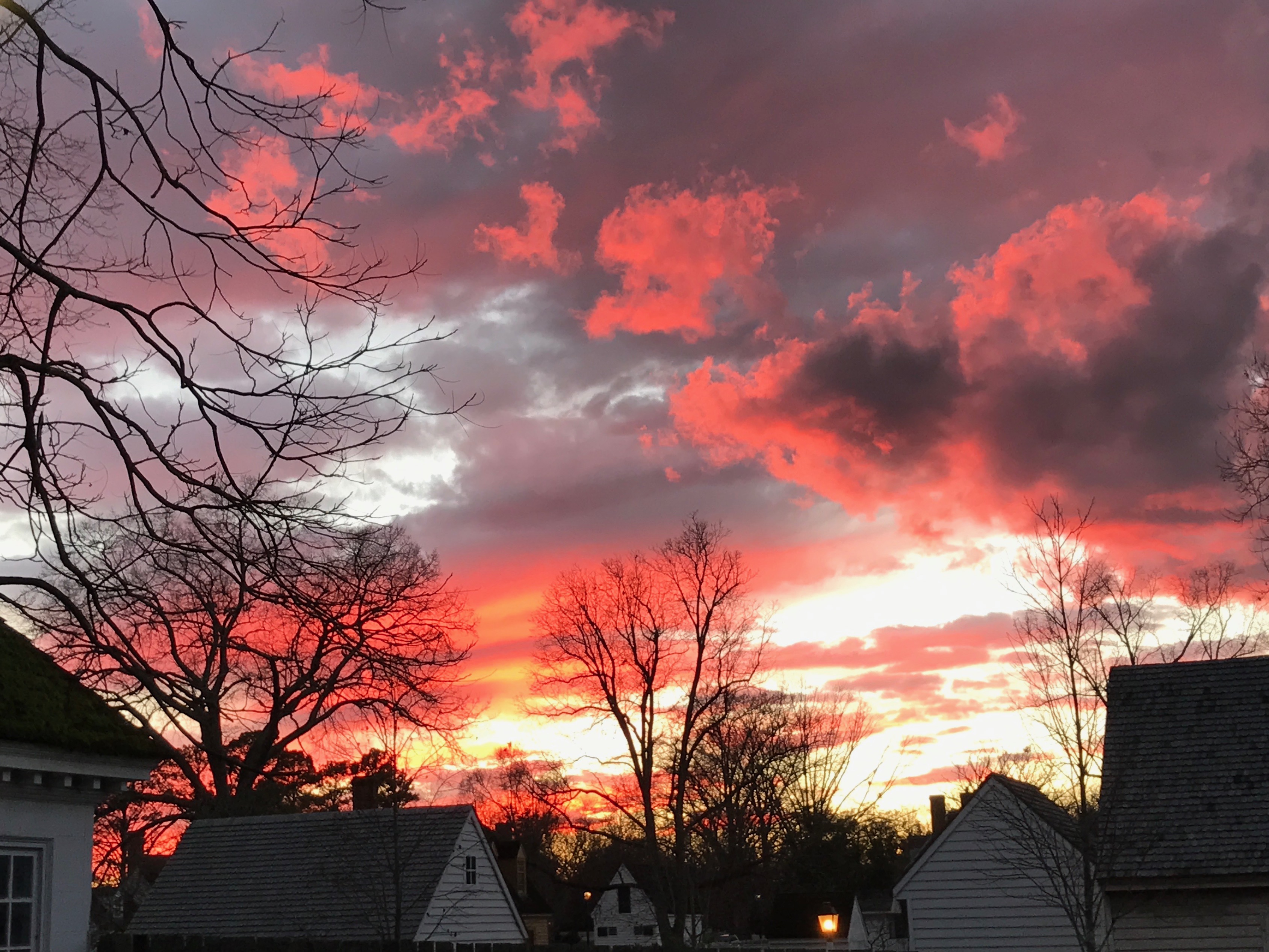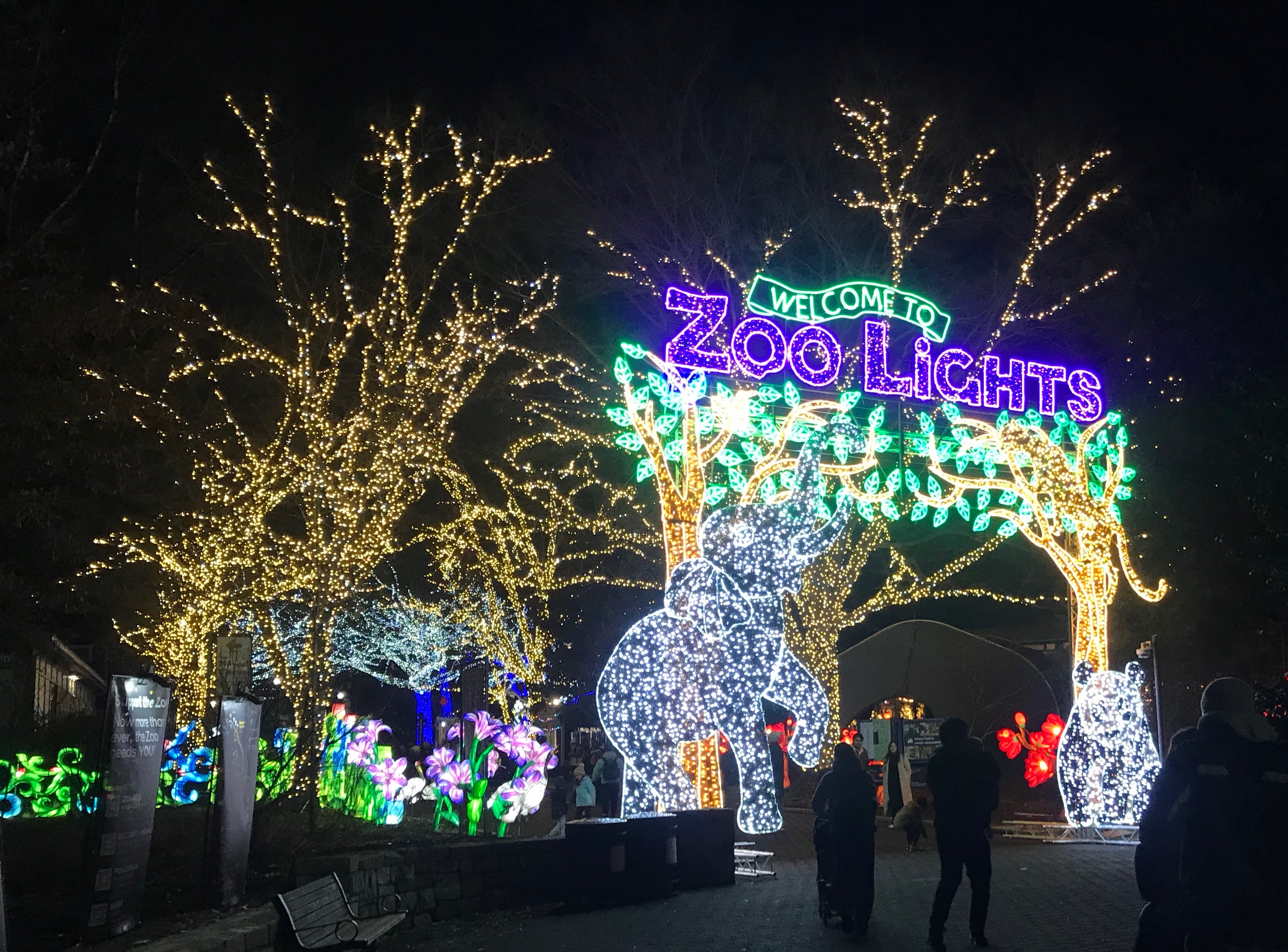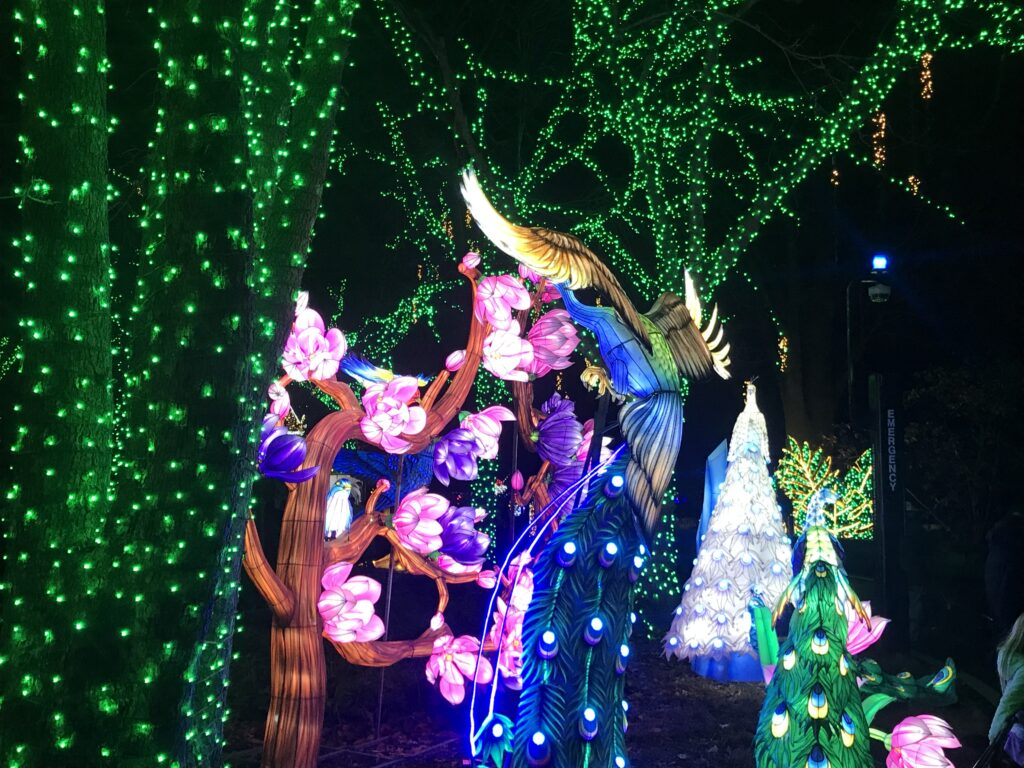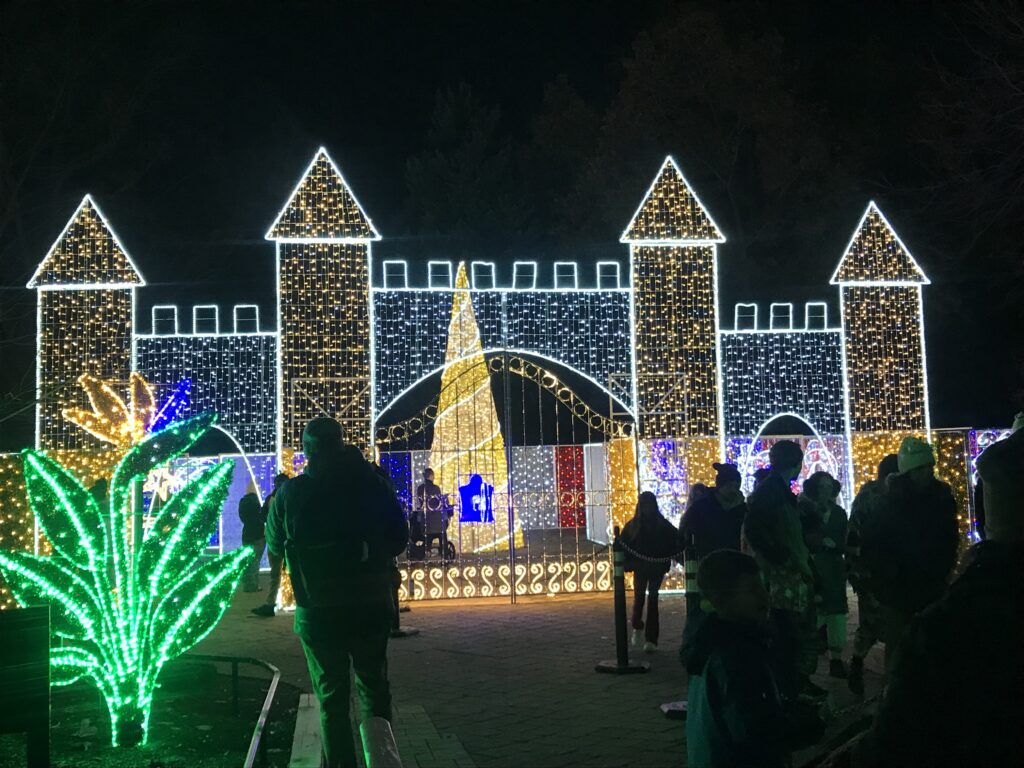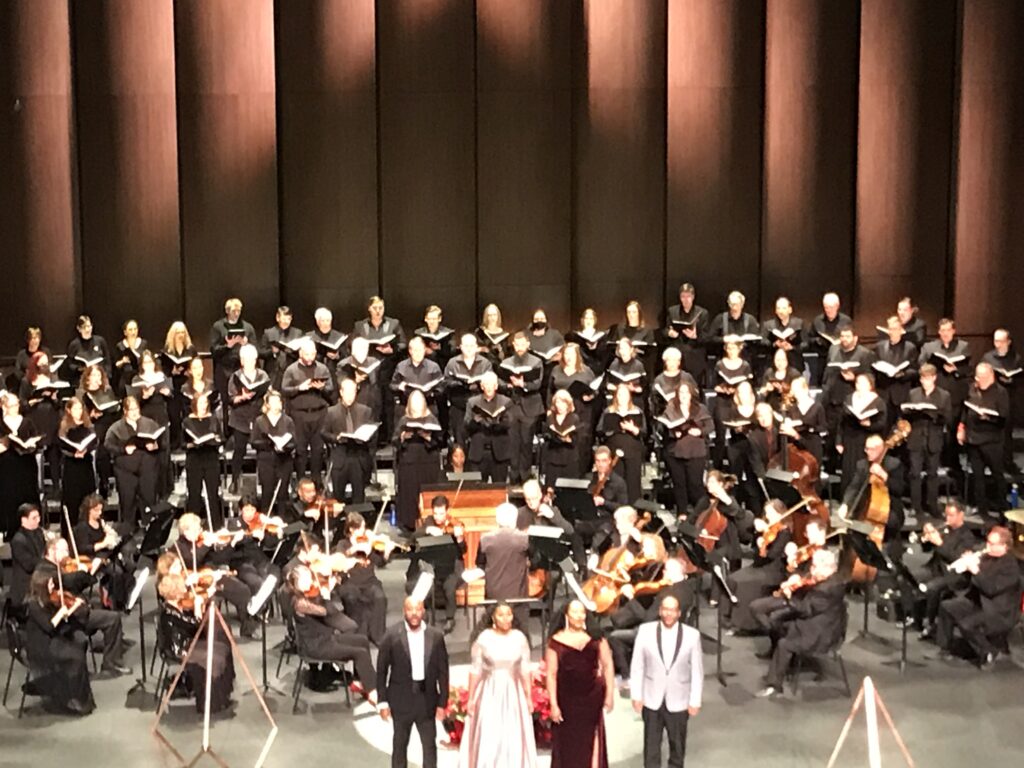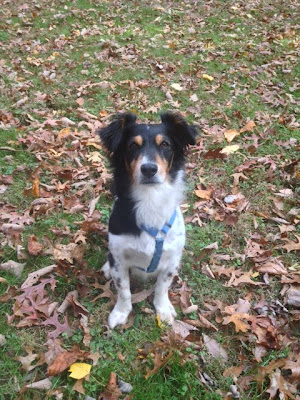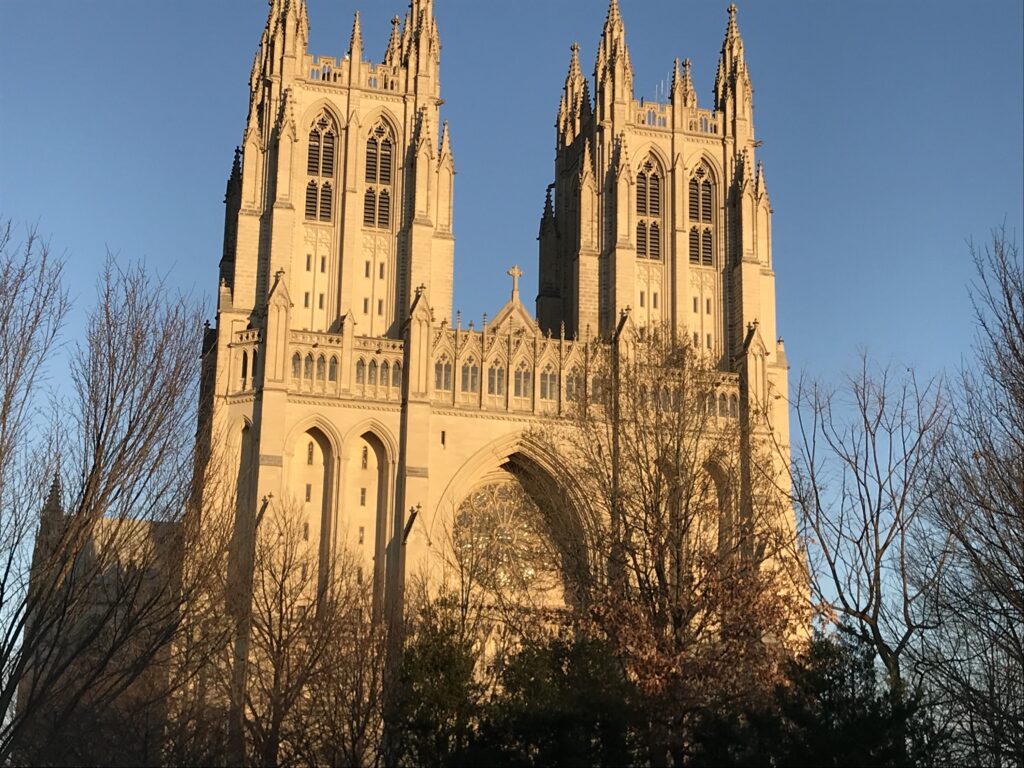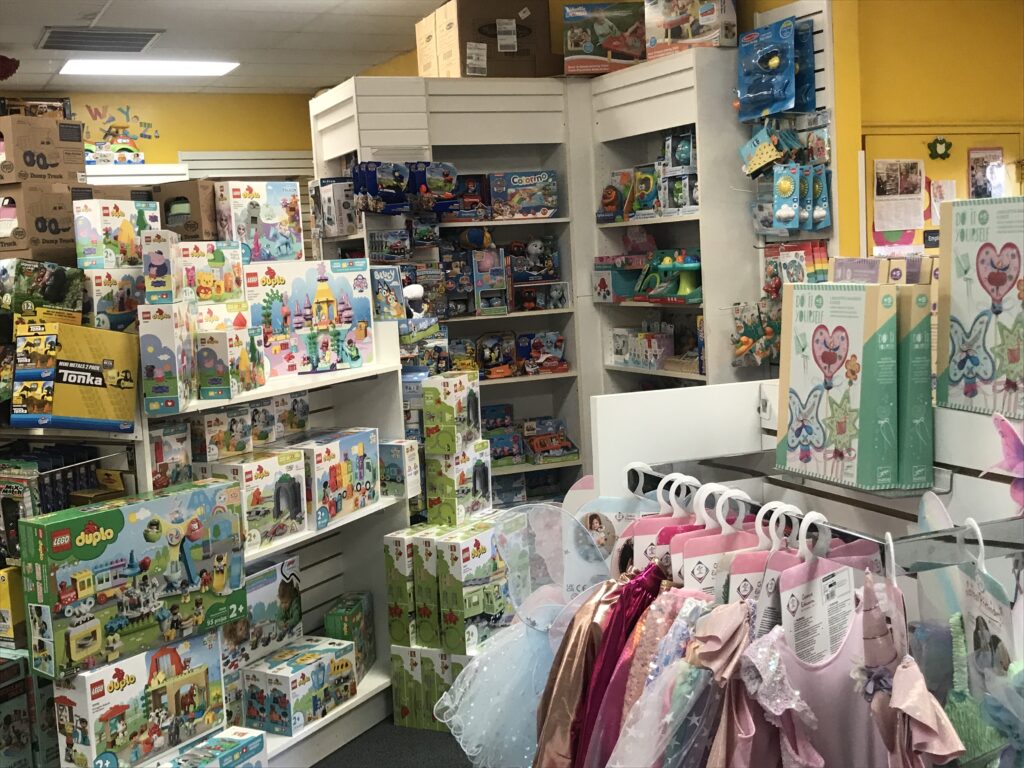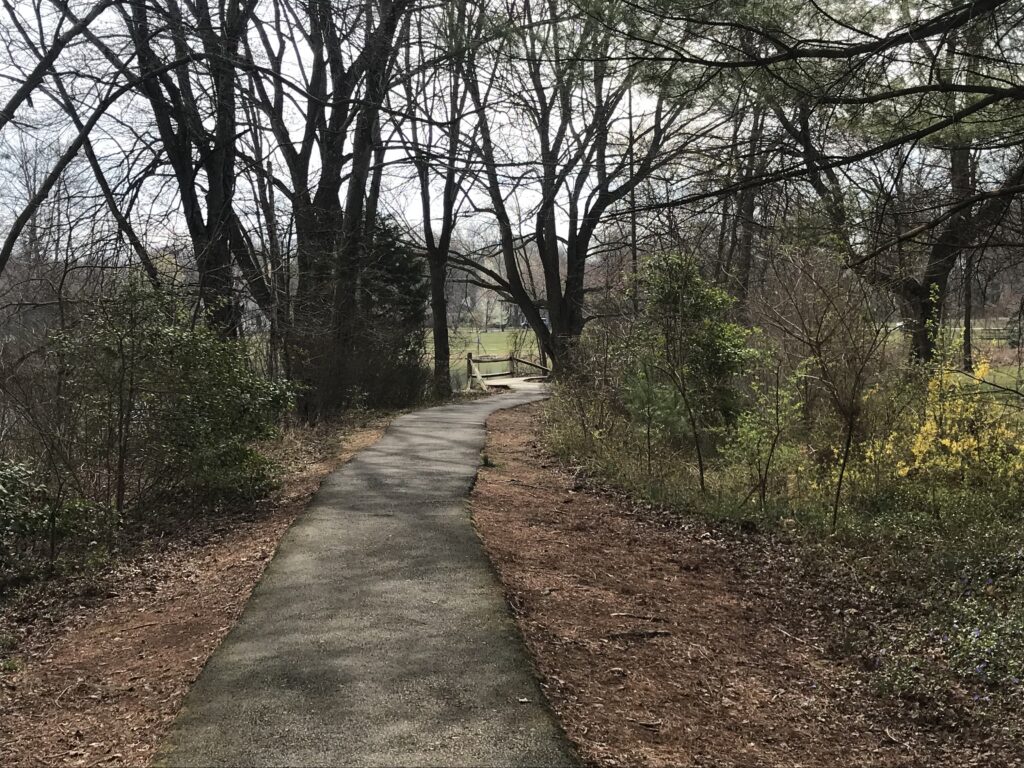Nutcracker, Sweet!
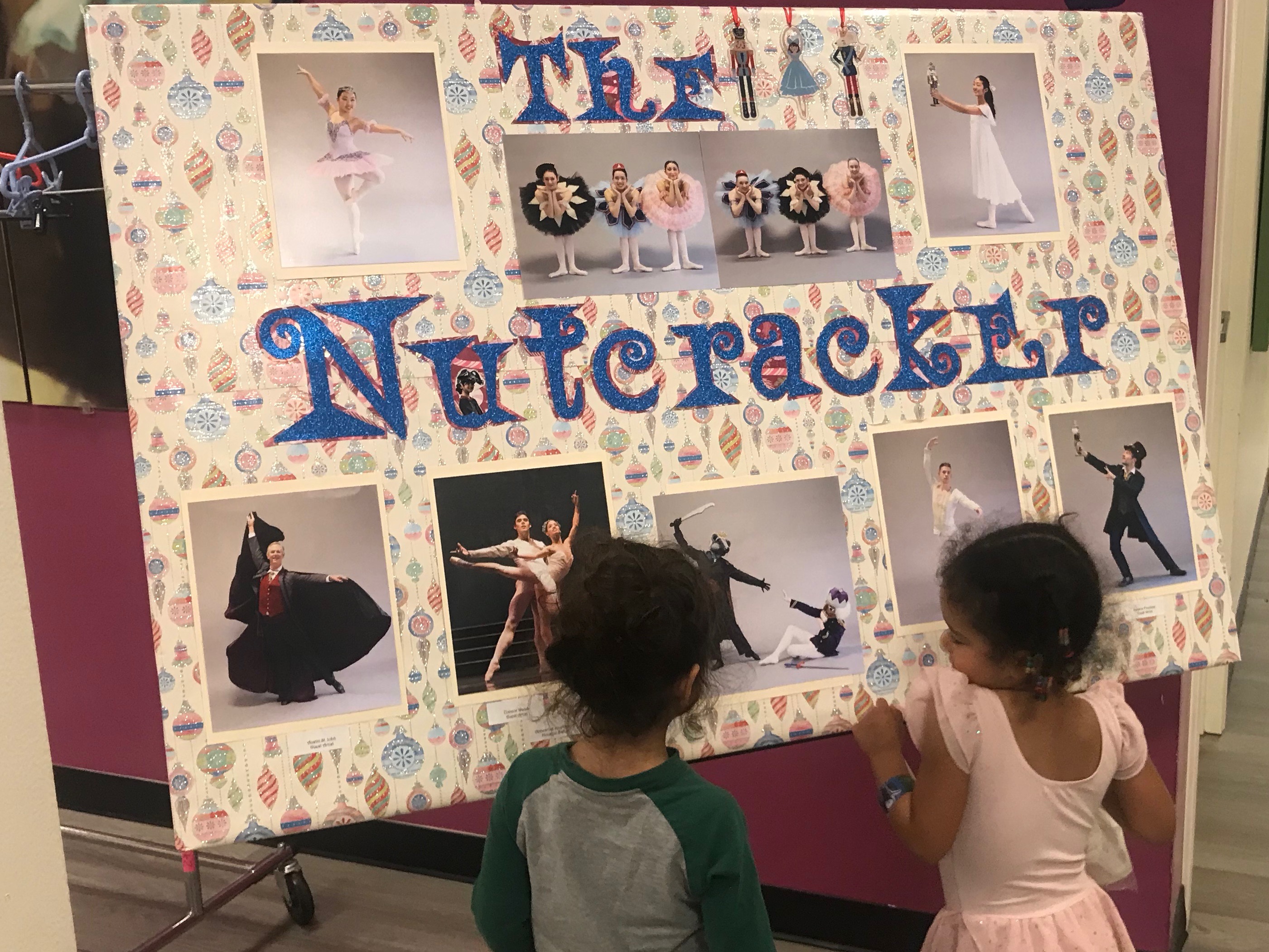
It’s been a warm and rewarding holiday season, time not just for writing (I finished a couple of projects recently) and buying gifts (I’m still wrapping them!) but also for Christmas magic, for concerts, films, singalongs and, on Sunday, a performance of the Nutcracker Ballet.
Not just any Nutcracker, but one performed by the same troupe Suzanne danced with. And I attended with Suzanne and her daughter, who’s almost the same age her mother was when she started class. A double treat.
There were the familiar tunes, in some cases even familiar costumes. After one dance, Suzanne whispered, “iI’s the same choreography!”
I took ballet class as an adult, and tap class not that long ago, so I understood the difficulty of the moves I saw before me. Not just the lifts, which never failed to win applause for the high-school-aged boys who executed them, but for the pirouettes, arabesques and countless other moves that happened throughout the program. For the strength and balance and grace they require and the beauty that results.
Human effort, set to music. Lights and laughter and applause. It was a very sweet Nutcracker indeed.
(Two of my companions from last year’s Nutcracker.)
